No products in the cart.
12 Effective Ways to Save a Dying Cactus

1. Fix root rot in Cactus
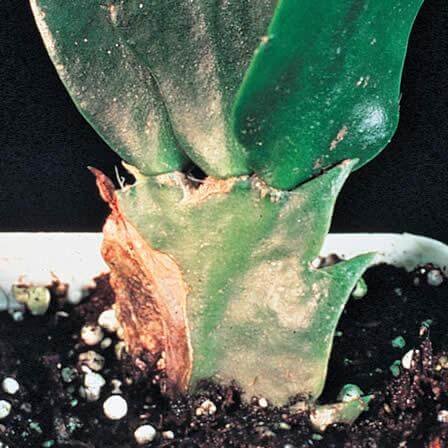
Discoloration, shakiness, and mushy roots are often signs of cactus root rot. Other symptoms may include your cactus turning brown or black.
And here’s why root rots are common in cacti plants:
Cacti have a wide, shallow root system to maximize water collection in their natural habitat. In the constricted space of a pot, over-watering, compacted roots or poor drainage will quickly lead to root rot.
Sometimes just the base of the cactus, and not the roots, is affected by water that does not drain quickly enough and is standing around the base of the plant. These are among the most common problems with growing cacti in the home.
If you notice that your cactus plant has begun to get mushy, act quickly and you may be able to remedy the problem. Even cacti rotted all the way down to the soil line can bounce back with proper care.
Once you’re convinced that your plant is suffering from root rot, take the following actions as a matter of urgency.
You should remove your plant from its pot and check to see the condition of the roots. If some are still white, cut away the darkened, mushy roots and any rotted areas at the base of the cactus with a sterile knife.
Allow the plant to dry and heal out of the soil before re-potting in a clean container with fresh cactus potting medium. You should always wear protective hand gloves or use a folded length of newspaper to avoid being pierced by the cactus’ spines.
2. Watch Your Watering

Optimum watering is one of the most effective ways to save a dying cactus. Too much water is especially detrimental just as lack of water is. But when it comes to cactus, it’s better to err on the lower side.
Moreover, it’s important to water well while the cactus plant is flowering while observing the following:
Under-watering your cactus
If you rarely water your cactus, it puckers or shrivels, but can also discolor (usually getting brown and dry, or calloused). If your succulents and cacti are showing these symptoms, it’s a way of telling you that they’re thirsty and dehydrated. To remedy the situation, give them a nice thorough watering.
Over-watering your cactus
When over-watering is a chronic problem, help the cactus to shed as much water as quickly as possible.
To do that, Select an unglazed clay pot only slightly bigger than the cactus and fill it with a commercial cactus mix. Pot the cactus in the mix gently, so you don’t upset its delicate roots. The clay pot will wick away more water from the root zone while the loose cactus mix allows water to drain quickly and completely.
You should only plant very large landscape cacti directly in the ground because landscape plantings give you less control over drainage.
3. Change the potting soil

As we’ve already seen, over-watering is the root cause of cacti root rot. However, let me make one thing extremely clear.
Water doesn’t directly cause the rots but rather a member of the water mold called Phytophthora spp. But the rot cannot take hold unless there is adequate moisture – which you gladly provide when over-watering.
Now what does all this have to do with changing the potting soil?
Simple:
First reason is that the pathogen that initially caused the rot is probably still present in the current soil. And the second reason, probably the most important is; some potting mixes are known to be heavy and probably hold too much water.
Hence you need to change to a lighter, porous potting soil like this Classic Potting Mix. What I like about this mix is that the blend is resistant to many pathogens and provides fantastic drainage while absorbing an ideal amount of water.
4. Repot your cactus
A common reason for repotting is to give the cactus plant a larger growing space.
Houseplants eventually outgrow their containers, causing the roots to become crowded and compacted. Without enough space for the roots, the plant often experiences stunted growth and may die.
Signs that the plant has outgrown the container include roots growing through drainage holes or above the soil level, water that runs right through the container, unhealthy-looking leaves and visibly crowded roots.
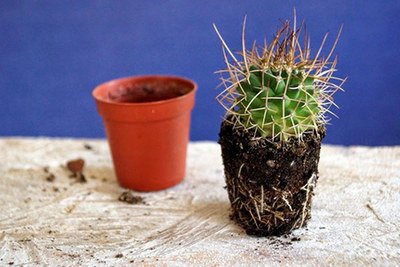
Moving the plant to the next size larger container allows the roots to spread while enabling the plant to grow larger.
5. Choose your pot wisely
While potting up is a good thing that I strongly recommend, you should take care not to choose a pot that will actually cause problems.
For instance, selecting an unproportionate pot visa vie the plant.
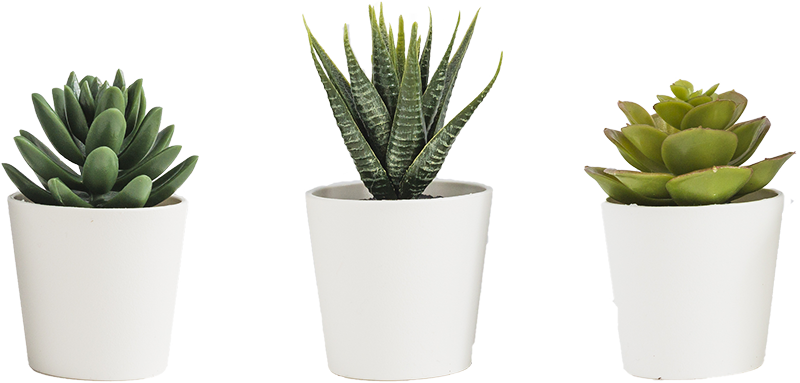
If the pot is too big and it has too much soil it will hold too much water and this can eventually cause the roots to rot.
6. Induce Rooting
When roots or tissues are extensively damaged from overwatering or other unhealthy cultural practices, you need to induce some new root growths.
To do so use a sharp, clean knife to cut away all the rot from the cactus.
Even a small portion of healthy tissue can regenerate a whole cactus plant, but if you leave the rot behind, it may continue to spread.
Allow the cactus to dry on the counter for several days until a thick scab forms on the cut sections. Place the remaining cactus section into a clay pot with cactus soil and bury it about 1 inch deep unless there isn’t much of the cactus left – in that case, bury it about halfway.
Don’t water the cactus for the first week, and only water sparingly after that until new growth appears.
7. Let your cacti rest
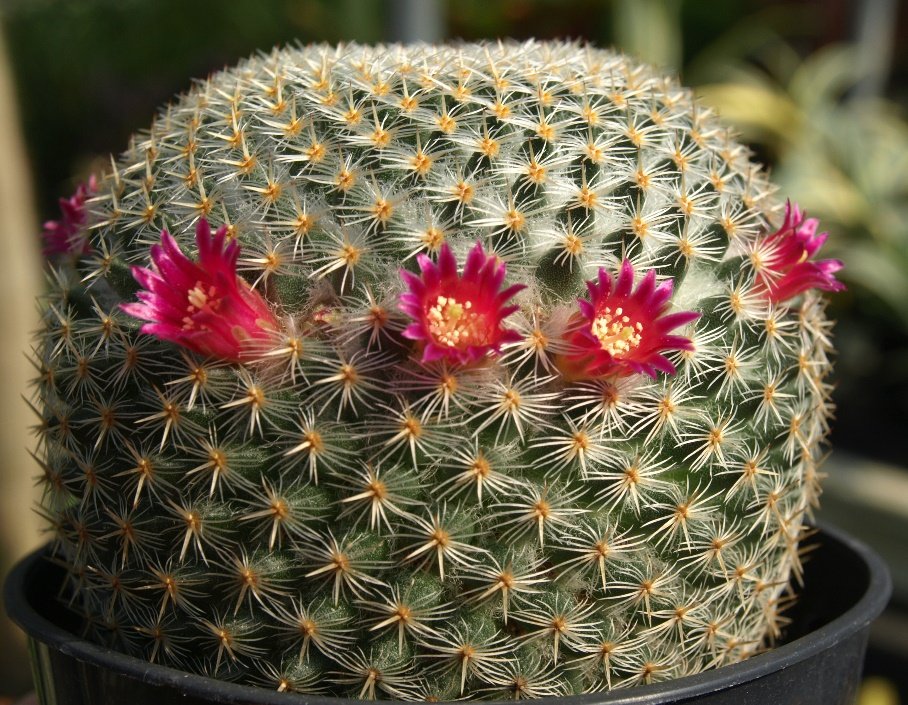
Sometimes, your cactus might not need saving and that you’re just being paranoid. When some parts die off or they shed their buds, they might actually be asking for a rest and nothing more.
If the cacti shed its buds one winter, don’t worry: it should bloom the following year.
As long as the vital areas like roots are looking healthy, there shouldn’t be anything to worry about.
8. Provide optimum temperature
If your cactus is not blooming, it may be due to the amount of daylight they’re getting or the temperature.
To trigger blooming, nights need to be at least 14 hours long and days between 8 to 10 hours for six weeks. If you have strong indoor lighting at night, you may need to cover your cacti.
Flowers will only form when the temperature is between a cool 50 to 55 degrees F.
The reason why flowering is important is that it signifies a healthy plant.
9. Watch out for mealybugs

Mealybugs suck sap from your cactus plant phloem, reducing its vigor, and they excrete sticky honeydew and wax, which reduces plant quality.
High populations feeding on foliage or stems can slow plant growth and cause leaf drop; however, healthy plants can tolerate low populations without significant damage.
Cacti are especially vulnerable because year-round mild temperatures favor mealybug populations, and indoor plants are usually not exposed to the natural enemies that often keep mealybugs under control outdoors
10. Feed them well
An over-fertilized plant can wilt even when it’s watered, the leaves may get soft like they’re made of cloth, or the leaf tips might turn brown.
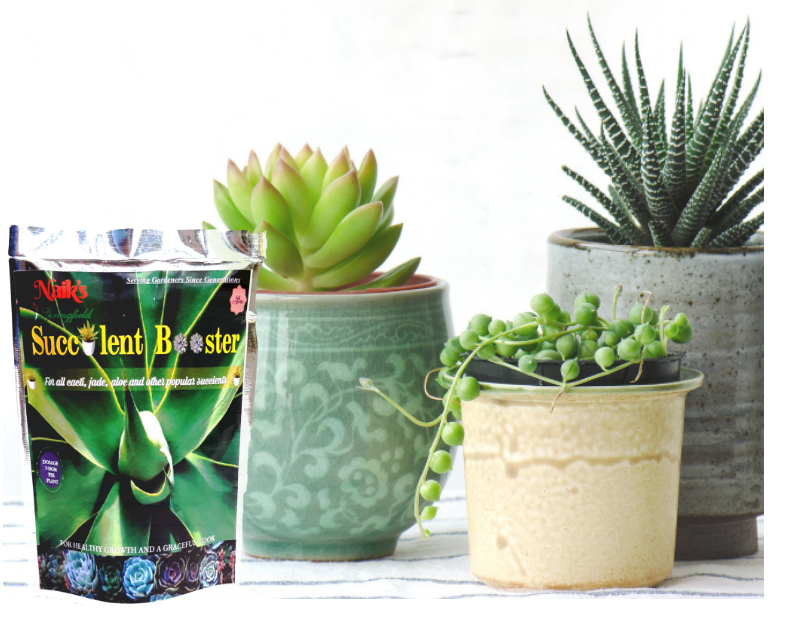
Therefore, it’s important to feed your cactus with a recommended fertilizer at the most reasonable rate and frequency.
11. Light is more important for the cactus than you think
Plants that need more light become lanky, floppy, pale or shed leaves, and can eventually die. If it’s growing but the new growth is pale and flimsy, it’s probably not getting enough light.
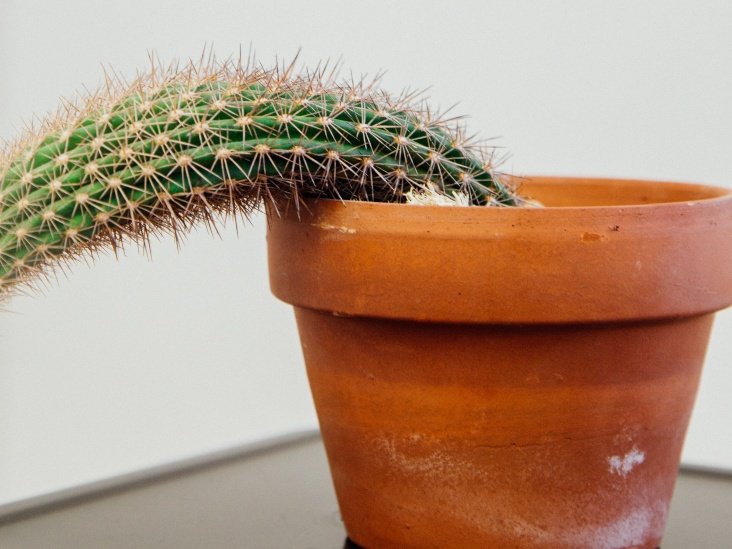
If a plant looks like it needs more light, move it to a windowsill.
12. Protect your cactus from prolonged exposure to direct sunlight
Have you heard of cactus corking?
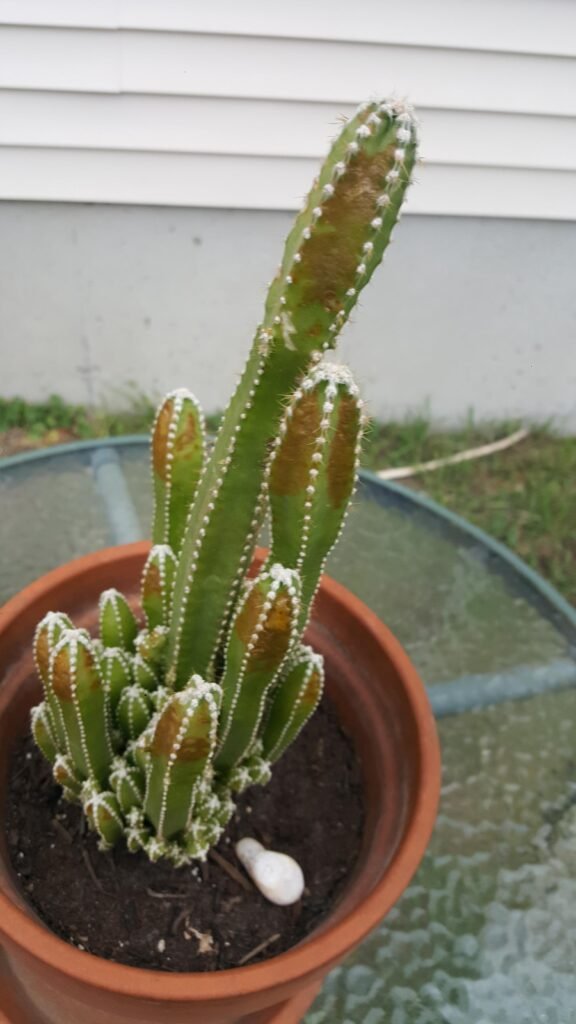
This is appearance of a firm, brown, bark-like tissue just above the soil of an otherwise healthy plant. It’s actually part of the natural aging process of cacti. Corking always starts from the base of the cactus and moves upward.
However, if a cactus turns brown from the top down, it’s a sign of sunburn or some other problem.
Some Care and Fun Facts
- Trough the year, cacti have dormant periods and periods of intense growth and blooming. When in the growth period, cactus needs enough water and sunlight. These periods usually last much shorter than dormant ones.
- Bees, butterflies, moths, bats, and hummingbirds are the main pollinators of the cacti.
- The shape and size of cactus flowers can be different, which depends on species and type of pollination. They can also be in a variety of colors: red, orange, white, pink, blue, etc.
- Some cacti produce mescaline. This is a substance with a hallucinogenic effect. In the natural habitat of South and Norths America, mescaline has been used by shamans to induce a trans-like state of mind and allow “communicating with God”.






